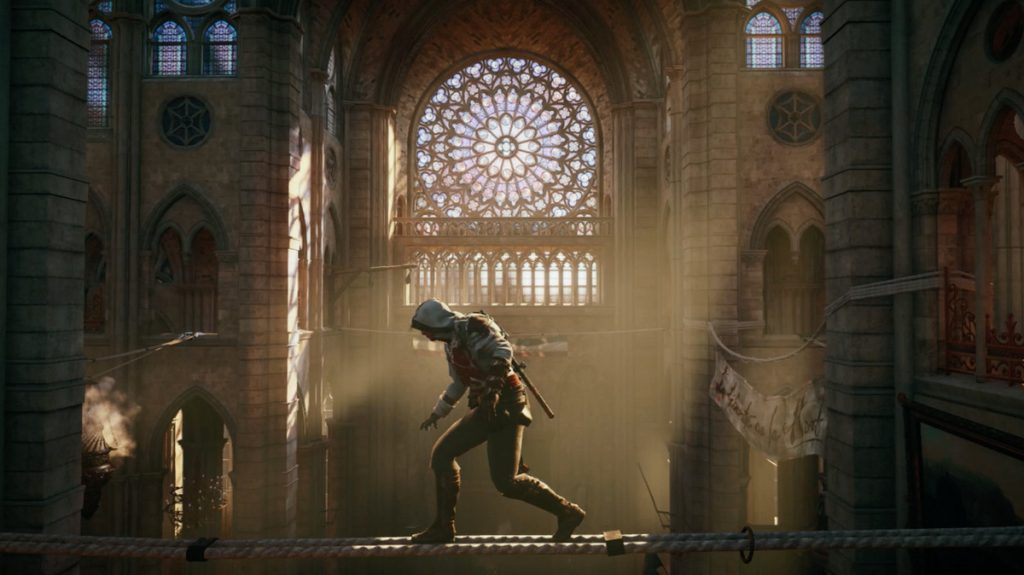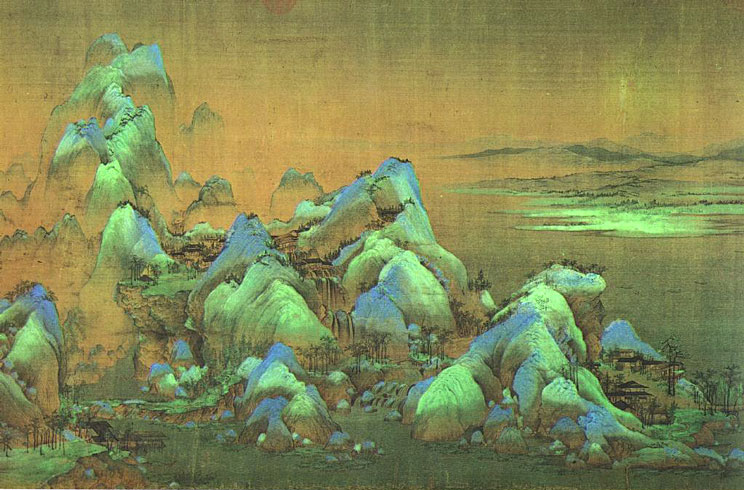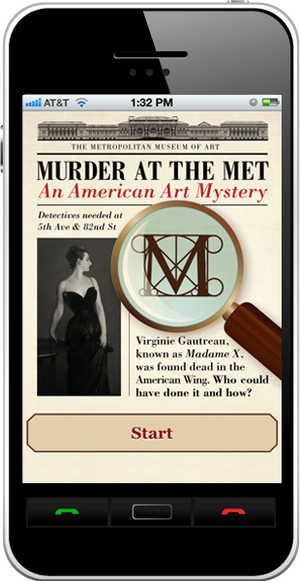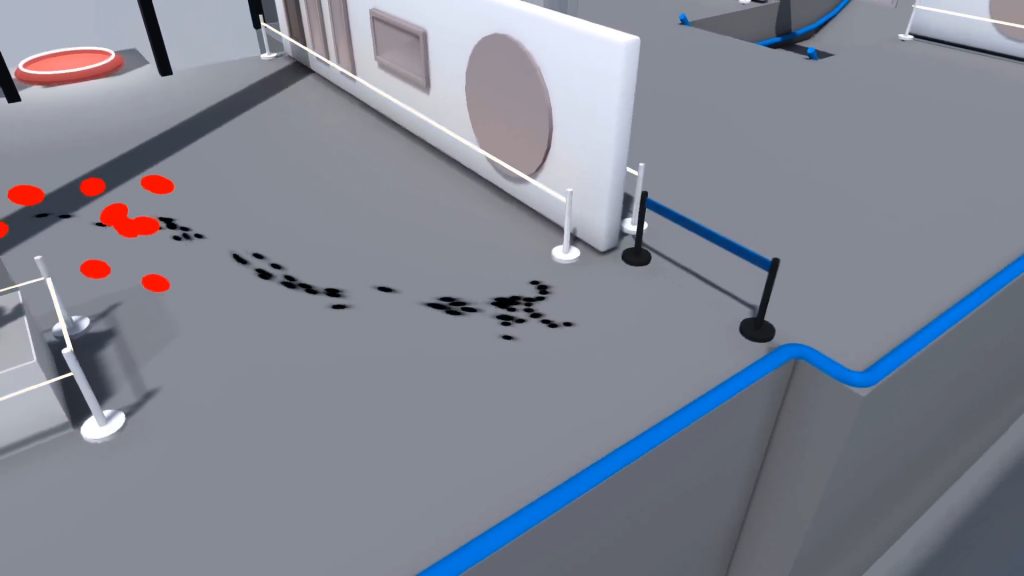A brief history of gamification
Gamification, in the most well-known and basic definition, is “the process of adding games or game-like elements to something (such as a task) so as to encourage participation” The definition of gamification may vary between people and situations, but the core is to utilize concepts from game development to solve problems in other fields.
Though The term gamification was created by Nick Pelling, a British computer programmer and inventor, in 2003, people started exploiting the concept of gamification during the 19th century. A grocery company called the Sperry and Hutchinson Co. motivates its customers to consume by substituting money with the S&H Green Stamps. This case is the ever first gamification approach in the world. One hundred years later, key opinions leaders such as Jesse Schell and Jane McGonigal brought gamification to the public. From then on, people started thinking about “ the potential of gamification and its use in several aspects of our life”
Nowadays, gamification is widely used in different industries such as catering, education, e-commerce, and of course, Arts by adding minor interactive gameplay on the website or application. Organizations, no matter for-profit or non-profits, are all persistently searching best way of optimization and believe that gamification may be applicable at some aspects of their businesses.
Why is gamification such a hit in the art world?
Art professionals and organizations have always held a strong interest in gamification even before the born of the word “gamification.” Besides, compared with other industries such as healthcare, the art world seems to have a special obsession with gamification. So why does this happen?
The first thing is that arts and games are intrinsically related and undividable. Though whether the game itself is a kind of art is a question with polarized answers, the relationship between arts and games is undoubtedly close. Some of us may hear about the classic Role Play Game Assasin’s Creed by Ubisoft was chosen as a resource to help restore the burned Notre Dame de Paris. An artist from the Ubisoft game told the media that the game development team “has spent years literally fussing over the details of the building. She pored over photos to get the architecture just right and worked with texture artists to make sure that each brick was as it should be”.

Source: https://cdn.vox-cdn.com/thumbor/MFRFH1aMCZuaC4s1fOPY9yJHZSM=/0x0:2724×1530/1200×0/filters:focal(0x0:2724×1530):no_upscale()/cdn.vox-cdn.com/uploads/chorus_asset/file/23036671/Screen_Shot_2021_11_22_at_11.26.11_PM.png
Alongside transferring art concepts to the game, arts organizations also appreciate games. The Victoria & Albert Museum collected the pixel-style casual game “Flappy Bird” and curated an exhibition. The process of art creation is actually a process of creating Intellectual Property, and IP is a just need in the gaming industry. On the other hand, the art world is always seeking a more inclusive, interactive exhibition mediation to broaden the boundaries of artistic creation. Game, which has an infinite capacity of presenting creativities, is an ideal vehicle for arts.

Source: https://i.pcmag.com/imagery/articles/01EkIOfisgxkfodZ4JmTIXa-1..v1569489280.jpg
Furthermore, Arts managers have always been looking for a better way to engage their audiences positively, and interaction is the core driver of engagements. Non-profits are willing to influence the public to do one of the two things: to participate in a new activity that the audience would have avoided or not known about in the past; or to make changes to daily behaviors over a long period of time. In the first scenario, gamify cryptic art pieces makes art more understandable and less static. Meanwhile, as games are convenient to spread in the digital world and popular among people from many demographics, the target audiences could be more diverse. For the second scenario, games’ additional educational features could help. Unlike traditional arts education approaches, gamification makes arts education more effective than ever. In conventional art education practices, educators are used to presenting an art piece or concept as a whole to the students, which can result in misunderstandings and boards. However, while gamifying arts, we need to break down the original art production into artistic elements and then re-assemble them, and then players will accept the information step-by-step when playing the game. This is absolutely a rather exciting process.
Another critical point is that game development, especially casual game development, is financially affordable for nonprofit arts organizations. Several accessible game engines such as Unity and Unreal eliminate the technical barriers, and the raising promotion channels like Google Ads and Facebook Ads make the publishing process straightforward. And even Unity itself is a popular ads channel in the game world. Take mobile casual games as an example. Usually, a hyper-casual game development team only requires 1-2 game developers and one graphic designer and may cost about $20,000. The core of game development is no fancy technology. It is more about creativity. Overall, for medium- and large arts organizations, building a game development team or hiring a gamification agency is an affordable way.
On the other hand, gamification might help nonprofits explore a new way of monetization. The gaming industry has always been lucrative with minimal entry barriers. According to mobile data and analytics provider App Annie, mobile games are on track to surpass $120 billion in spending in 2021, growing 20% over $100 billion in 2020. By gamify art collections, arts organizations may have a chance to generate revenue from the game and sustain a mission for social good. The gaming industry needs creativity, and the art world always seeks living resources. It seems like they are the best fit.
Last but not least, the unavoidable Covid-19. Pandemic restricts physical experience, but raising technologies such as Metaverse, VR/AR/XR makes the digital experience more genuine and even beyond reality. Gamification is an excellent way to present arts on digital equipment. I will further discuss this in the last part of the article.
Gamification in Digital Arts Programming: Production-based and Organization-based
When implementing gamification in the real world, arts enterprises usually have two choices. The first choice is to gamify art collections. The Palace Museum in China has made several temptations on this. In 2018, The Palace Museum collaborated with NetEase, a top-tier technology company famous for game development and publishing, published a traditional Chinese art style Puzzle Role Play Game “Ink · Mountains and Mystery”. The game is inspired by one of the ten most precious Chinese traditional paintings, the “Thousands of miles of mountains and rivers”, which is The Palace Museum’s collection. The painting is a blue-green landscape silk painting finished in the Ming dynasty and has been appreciated for its vivid, imaginary color usage. Fortunately, the game flawlessly rebuilt the magnificent images utilizing 3D engines and gave a beautiful story to the original painting. At the end of 2018, the game had acquired more than 120 thousand downloads and effectively promoted traditional Chinese painting to younger generations. From then on, the traditional Chinese art style and elements have become a new trend in Chinese society, especially on social media. From this case, we can see that gamification can make arts more interactive, more authentic, and even rejuvenate a traditional art piece.

Another surprising thing is that via this gamified digital program, both the “Thousands of miles of mountains and rivers” and the Palace Museum obtained fans from younger generations: the game has more than 1.2 million followers on TapTap, a game channel for GenZers and Millenials in China. I believe this is not the end of this story. Imagine how many kids, teenagers, and young adults would be interested in traditional Chinese art and may become a member of the art community. An excellent gamification digital arts program could do more than improve audience engagement, and it can help a niche arts genre maintain sustainable development.

Another choice would be organization-based programming. In this field, the Metropolitan Museum of Arts in the U.S. and the Center Pompidou in French would be the two best examples. In 2012, only one year after the world’s first gamification summit closed in San Francisco, The Met published a game called “Murder at the Met: An American Art Mystery” which is a “web-based application (app) that guides users of smartphones and tablets through the galleries of American paintings, sculpture, and decorative arts at The Metropolitan Museum of Art to solve a murder mystery.”

The game is still accessible on the website today. From a 2022 point of view, this game is not visually appealing or attractive in gameplay design, but the concept it used was Avant-guard at that point. The Met’s foresight of the gamification trend is so precise that it keeps inspiring other organizations today. Going back to the game, we could quickly tell the difference between the Murder at the Met and the Mountains and Mystery: the prior one represents the organization while the latter focuses on the art piece. To better understand the outcome differences of these two different kinds of gamification digital arts programs, we can just take a look at another game produced by the Centre Pompidou, the Prisme 7.

The Prisme 7 is “designed in collaboration with digital artists Bright and Game in Society, and with the support of the Ministry of National Education”, in the game, the players can “discover seven levels of play and interact with 40 major works from the biggest collection of modern and contemporary art in Europe. It also offers a unique sound immersion designed especially for the game by Ircam Amplify. ” Unlike the Murder at The Met, Prisme 7 doesn’t have a clear storyline, which more aligns with most casual and hyper-casual games. I attribute this to the different types of the two organizations. As the most famous visual arts organization with a heavy focus on art history, The Met would like to utilize a gamified digital program to do art history education. By contrast, the Center Pompidou is more contemporary, which means their collections and exhibitions are not that easy to interpret for the public, so they tend to use the interactive and attractive nature of the casual game to present their collections vividly and generate more audience engagement.
Compared with the Mountains and Mystery, these two games create more brand exposure for the arts organizations and are more severe in terms of arts. The Met basically presented the whole story behind that piece, and Prisme 7 tries to convey contemporary art concepts as much as possible by utilizing the play-reward mechanism in games. Also, both of them have a solid organizational identity. The Met uses one of its most identical masterpieces, Portrait of Madame X and Prisme 7 restored the special building of Center Pompidou in the digital space. However, the Mountains and Mystery only picked some elements from the original painting and tried to modify the art further to make it easier to spread. Users can not find many clues about the original art piece or the organization behind it. What they know is only the beautiful, fictional story that happened in the blue-green landscape. The differences are mainly from distinct business collaboration models. The Murder in The Met and Prisme 7 is developed and published by the organizations, so the two games are just like two digital gamification programs conducted by the organizations. They should make the programs align with the organization’s mission and focus on the academic and educational features. But the Palace Museum cooperated with NetEase, which was entirely in charge of the game development and publishing. So, It’s easy to find the commercial elements in the Mountain and Mystery.
I would not judge which kind is right and which is wrong. I would rather say that there are always pros and cons. The Met and Center Pompidou definitely took a giant step in informative and interesting arts education, but their productions are still targeting arts fans, which constrained the scope of the impact. The Palace Museum approached audiences from the outside art world, but they sacrificed a lot on artistry. If the organization doesn’t have a strong voice, the art may be threatened by over-entertained.
A glimpse of future: Gamification, XR technology and Arts
For decades, VR/AR/XR technology has been a viral topic. Most arts organizations have also paid attention to this trend for a long time. However, we still have less idea about what’s next to XR technology and how we can use it more creatively, or at least make it beyond a digital venue. However, with the raising gamification concept, we may garner a chance to look at the future.
In the field of arts education, there are some research and experiments on the effectiveness of VR-based gamified art history education. A research team in the Department of Systems Engineering, Universidad Nacional de San Agustin de Arequipa in Peru has tried to achieve the “implementation of a virtual reality game using gamification by elements of video games to improve the teaching of Art History“ To do so, they ”simulate a virtual museum, with predefined stages that expose works from different artistic currents with their respective representations all owing interact with the characters, objects, animations and sounds presented in the application.” The result shows that navigation activities, tasks, and movements are statistically correlated in the VR environment and significantly influence the outcome of learning. And, compared with implementing VR or gamification separately, the combination of VR and Gamification has higher efficiency in arts education.
Another possible development direction is the Metaverse. In general, Metaverse is “an immersive virtual world that people “enter” through the use of technologies like AR and VR”
In terms of the art world, leading arts organizations such as Sotheby have just announced the launch of Sotheby’s Metaverse, the auction house’s new platform designed specifically for digital collectors. Another well-accepted opinion is that humans need to interact with Metaverse via gamification. The most significant supporter of this idea is Satya Nadella, the CEO of Microsoft and the key character behind that shocking acquisition between Microsoft and Activision Blizzard. He told the media that “Metaverse is essentially about creating games,” and “It is about being able to put people, places, things [in] a physics engine and then having all the people, places, things in the physics engine relate to each other.” As I stated before, the game is closely related to the arts, just as it’s related to Metaverse and XR technologies. Metaverse somehow creates a platform for arts, technologies, and gamification, but right now, we cannot predict what will happen.
Conclusion
Through previous analysis, we can conclude that gamification is and will always be a key concept for every entity in the art world. Arts enterprises recognize it as a management tool, artists use it as a vehicle of artistic creation, and audiences enjoy spending time with it. Overall, gamification significantly helps the short-term growth and the sustainable development of art. In addition, new technologies and technological concepts give gamification more possibilities. We can tell that gamification will combine with different emerging elements and build connections between arts and the future.